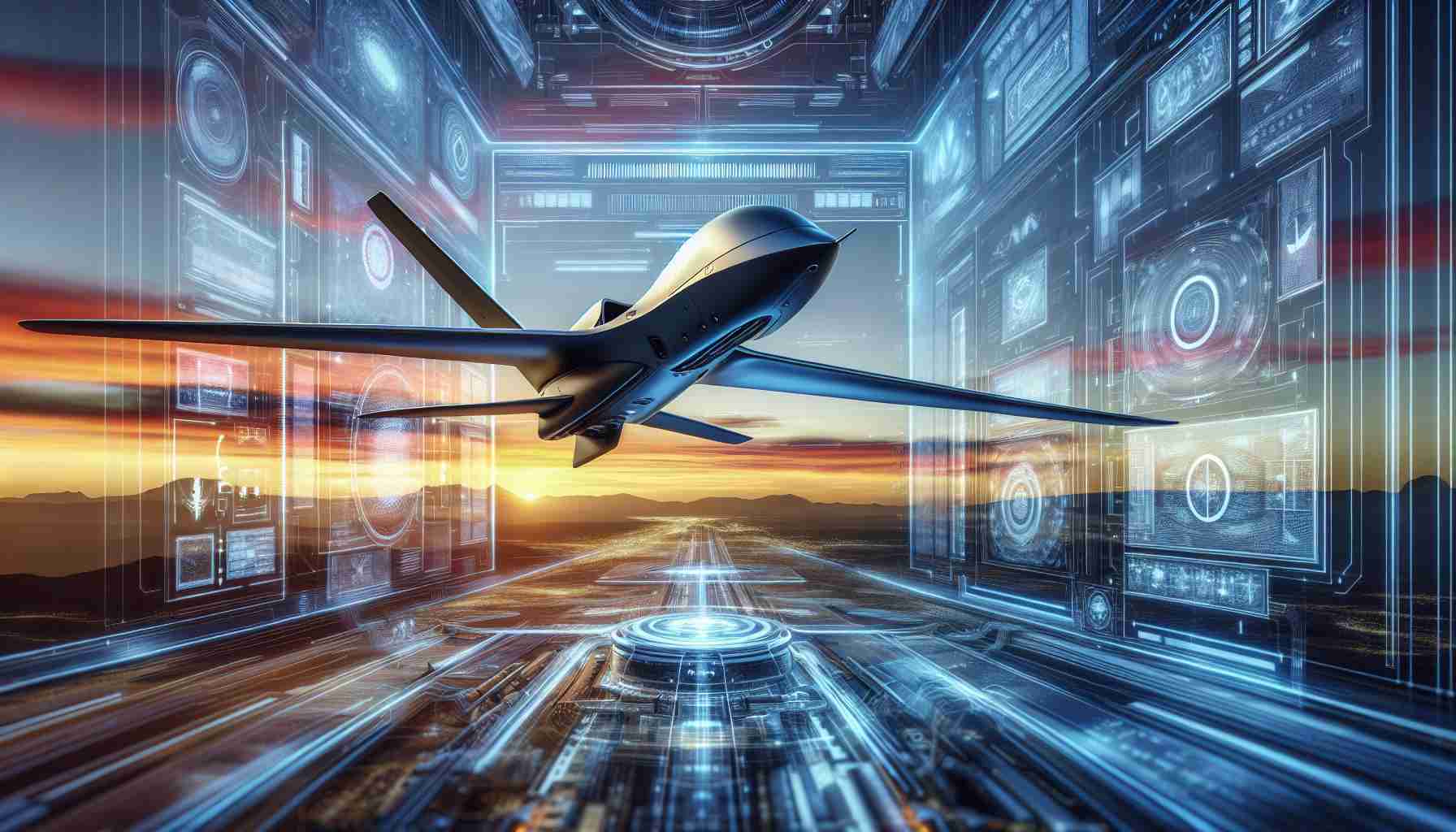The U.S. Air Force Breakthrough with AI-Controlled F-16
In the pursuit of advancing aerial combat, an AI algorithm took control of a modified F-16 jet, known as X-62A or VISTA, at the Edwards Air Force Base, California. Throughout 2023, this specially modified aircraft demonstrated its prowess in autonomous combat maneuvers, a series of events that will continue well into 2024.
From NF-16D to X-62A: Evolution of a Test Aircraft
Originally called the NF-16D, the aircraft has been extensively modified and renamed X-62A to serve a new purpose. As a flight simulator test aircraft with variable stability, it can replicate nearly any aircraft’s flight system, making it a top choice for diverse real-world testing scenarios. This unique capability positions VISTA as a primary platform for supporting the Air Combat Evolution (ACE) program managed by DARPA, alongside significant contributions from the U.S. Air Force, the Air Force Test Pilot School, and the Air Force Research Laboratory.
Innovative Testing Commences on the F-16
The development of the AI used by the X-62A began in 2022 with autonomous flight tests conducted by the end of that year. By February 2023, after over 100,000 lines of code had been modified, the algorithms could be fine-tuned almost every day. Come September 2023, the jet engaged in air-to-air combat against a manned F-16, starting with defensive maneuvers and escalating to attack engagements and high-speed head-on confrontations.
Yet the program officials highlight that the lessons learned from these tests have applications far beyond aerial combat. They shed light on the potential for autonomous systems in a wide array of tasks and emphasize the need for understanding and verifying machine learning algorithms for possible certification in critical flight systems.
Ensuring Safety in the Skies
Safeguarding against hazardous or unethical behavior is paramount, prompting the design of integrated “safety nets.” These measures help define safe flight parameters and prevent collisions. Despite evolving roles, the program underscores that human oversight will always be a part of operational cycles for autonomous weapon systems.
A New Era in Aviation Industry
The implications of this advancement aren’t confined to military realms; they may also influence commercial aviation and are being closely monitored by international competitors, especially China. With such developments, the ACE program and foundational technologies may redefine the approaches to machine learning applications in aerospace and aviation.
Important Questions and Answers
What are the implications of the introduction of AI in air combat?
The introduction of AI in air combat has several implications including the transformation of military strategies, reduction of risk to human pilots, rapid decision-making, and the potential to control multiple unmanned aircraft simultaneously. This could lead to new forms of aerial warfare and influence global military power dynamics.
What are the key challenges associated with autonomous air combat systems?
Key challenges include ensuring the reliable performance of AI under diverse and unpredictable conditions, maintaining secure communication to prevent hacking or spoofing, addressing ethical considerations related to autonomous weapons, and integrating these systems into existing command structures.
What controversies are associated with this topic?
There is a significant debate concerning the ethical use of AI-controlled weapons systems which includes issues of accountability in cases of collateral damage or unlawful engagements and the potential for an arms race in autonomous weaponry.
Advantages and Disadvantages
Advantages:
– Reduced Risk to Human Life: AI-piloted aircraft can undertake high-risk missions without endangering human pilots.
– Increase in Operational Efficiency: AI can potentially process information and react faster than humans, leading to a more efficient execution of air combat maneuvers.
– Advanced Training: AI in test aircraft like VISTA can be used to enhance the training for human pilots by simulating advanced adversary tactics.
Disadvantages:
– Reliance on Technology: Over-dependence on AI systems may lead to vulnerabilities, particularly if these systems are compromised or malfunction during critical operations.
– Ethical Concerns: There are ethical implications of AI in combat, including the lack of human judgment in making life-and-death decisions.
– Technological Arms Race: Autonomous air combat has the potential to trigger an arms race, as nations may feel compelled to develop competing systems to maintain strategic parity.
As the technologies and tactics surrounding autonomous air combat continue to evolve, entities such as the Department of Defense (DoD), regulatory bodies, and international organizations will need to address these challenges and controversies systematically.
Related links:
– United States Air Force
– Defense Advanced Research Projects Agency (DARPA)
– Air Force Research Laboratory (AFRL)
These links connect to the primary domains of the U.S. Air Force, DARPA, and the AFRL, which are central to the development and implementation of AI in aerial combat.
The source of the article is from the blog tvbzorg.com

